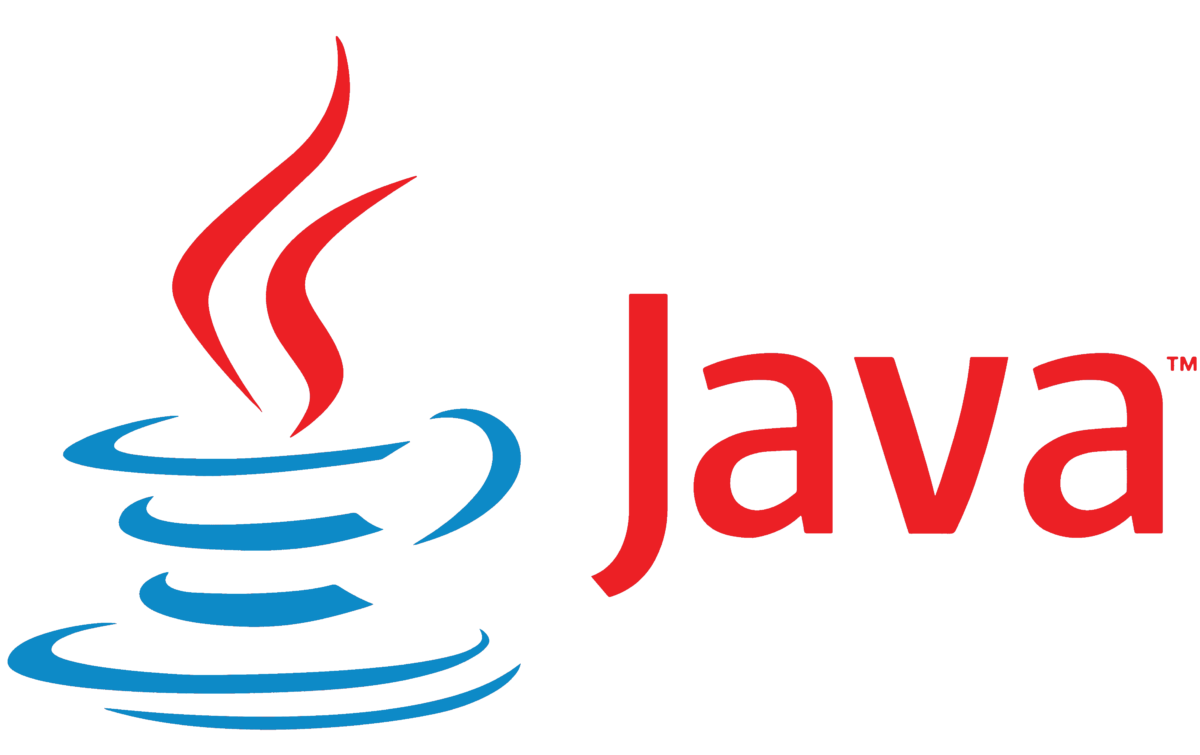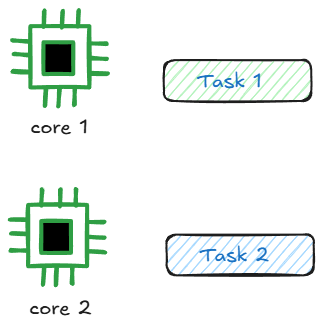
What’s the difference between Concurrency and Parallelism?
 Natan Ferreira
Natan Ferreira- 0
- 32
Concurrency and Parallelism are important concepts for bringing more efficiency to software, but they do not mean the same thing. A software application can handle multiple tasks, and the way these tasks are processed differs in each concept.
Concurrency
Imagine the scenario where we have a software that needs to process multiple tasks, such as processing user inputs, making HTTP requests, etc. We have a single core in the CPU to process, so the CPU quickly switches between tasks to process them for a period of time. However, this is so fast that it appears everything is being processed simultaneously, but it’s not; it just seems that way. This switching is called context switching. It is important to be cautious with context switching, as excessive switching can hinder performance.

Let’s look at a simpler example.

A worker doing several tasks, but they are not simultaneous, needs to switch between them. Even if they quickly perform a bit of each, it is still not simultaneous.

Parallelism
With multiple CPU cores, we can execute tasks simultaneously. Each core handles a different task independently at the same time.

Imagine in the previous example, now the worker is no longer alone; there are others working with him, and each one is doing a different task at the same time.
Conclusion
While concurrency focuses on handling multiple tasks efficiently, parallelism aims to execute several tasks at the same time to speed up processing. In real-world applications, these concepts often combine to optimize performance and scalability.
Author
-

I am a seasoned Full Stack Software Developer with 8+ years of experience, including 6+ years specializing in Java with Spring and Quarkus. My core expertise lies in developing robust RESTful APIs integrated with Cosmos Db, MySQL, and cloud platforms like Azure and AWS. I have extensive experience designing and implementing microservices architectures, ensuring performance and reliability for high-traffic systems. In addition to backend development, I have experience with Angular to build user-friendly interfaces, leveraging my postgraduate degree in frontend web development to deliver seamless and responsive user experiences. My dedication to clean and secure code led me to present best practices to my company and clients, using tools like Sonar to ensure code quality and security. I am a critical thinker, problem solver, and team player, thriving in collaborative environments while tackling complex challenges. Beyond development, I share knowledge through my blog, NatanCode, where I write about Java, Spring, Quarkus, databases, and frontend development. My passion for learning and delivering innovative solutions drives me to excel in every project I undertake.
